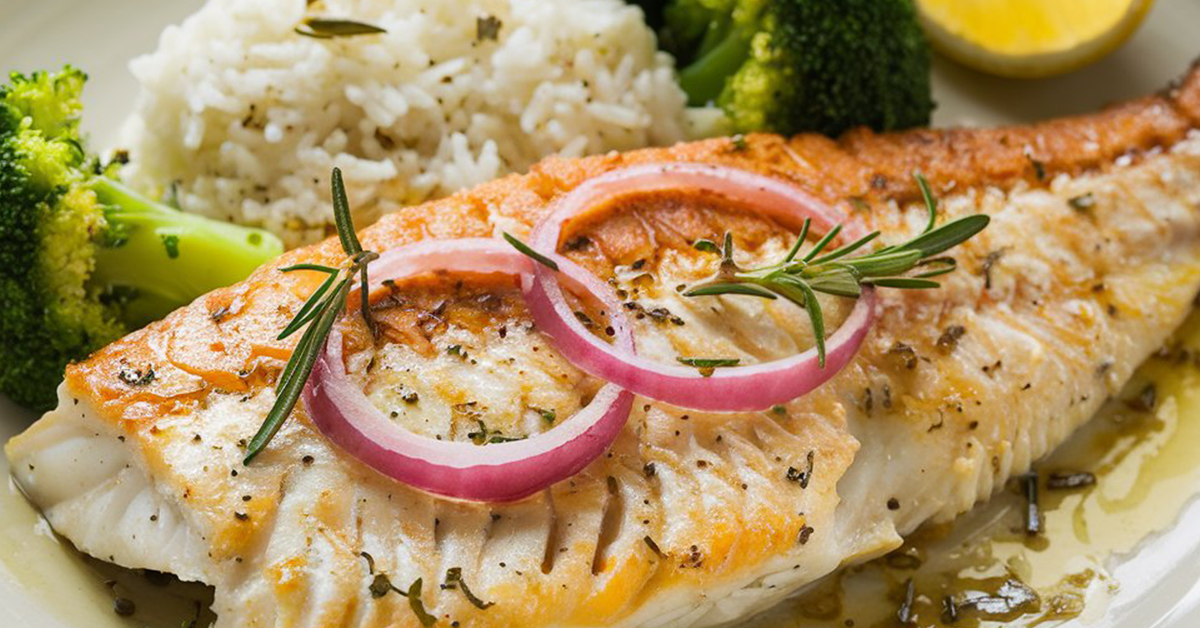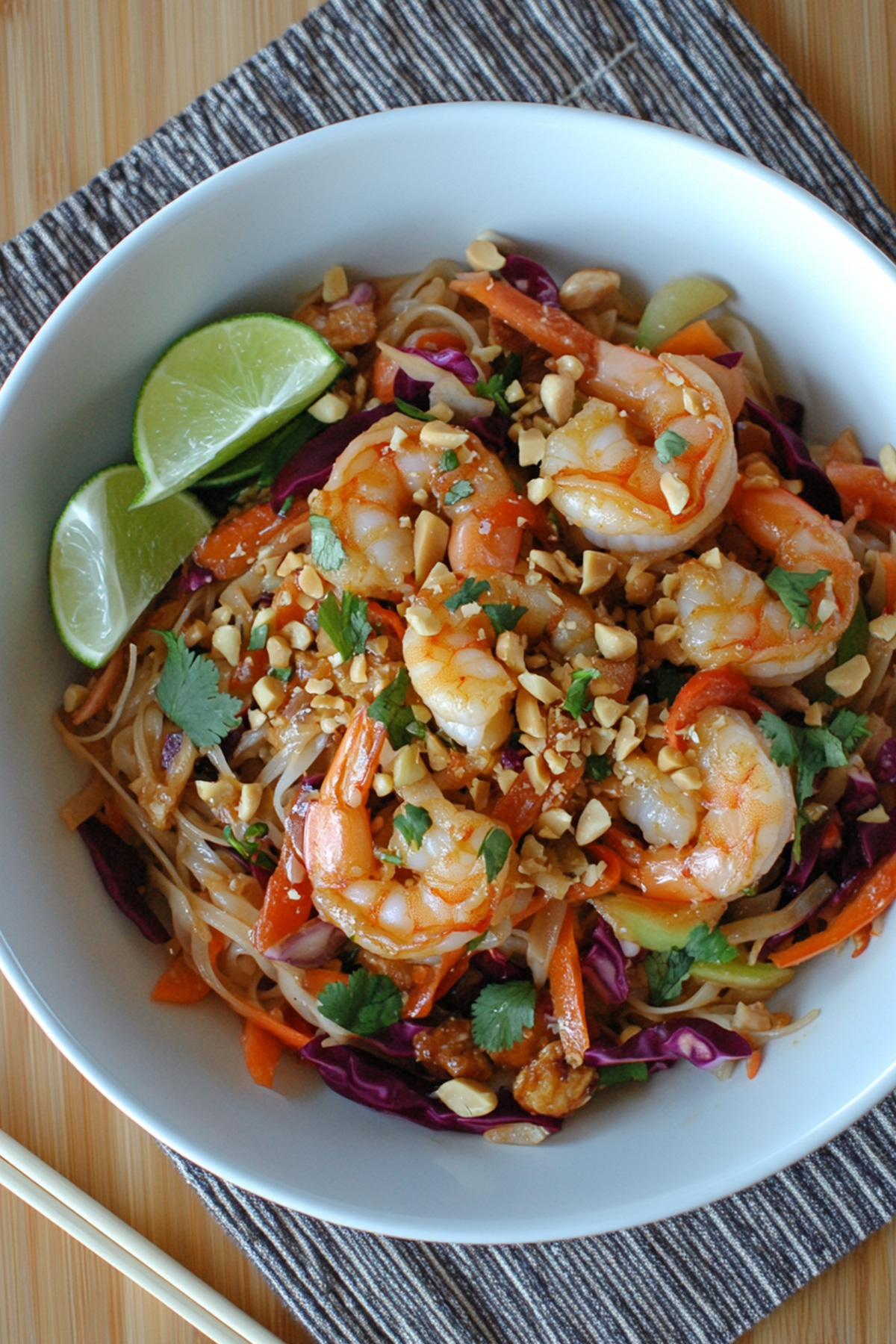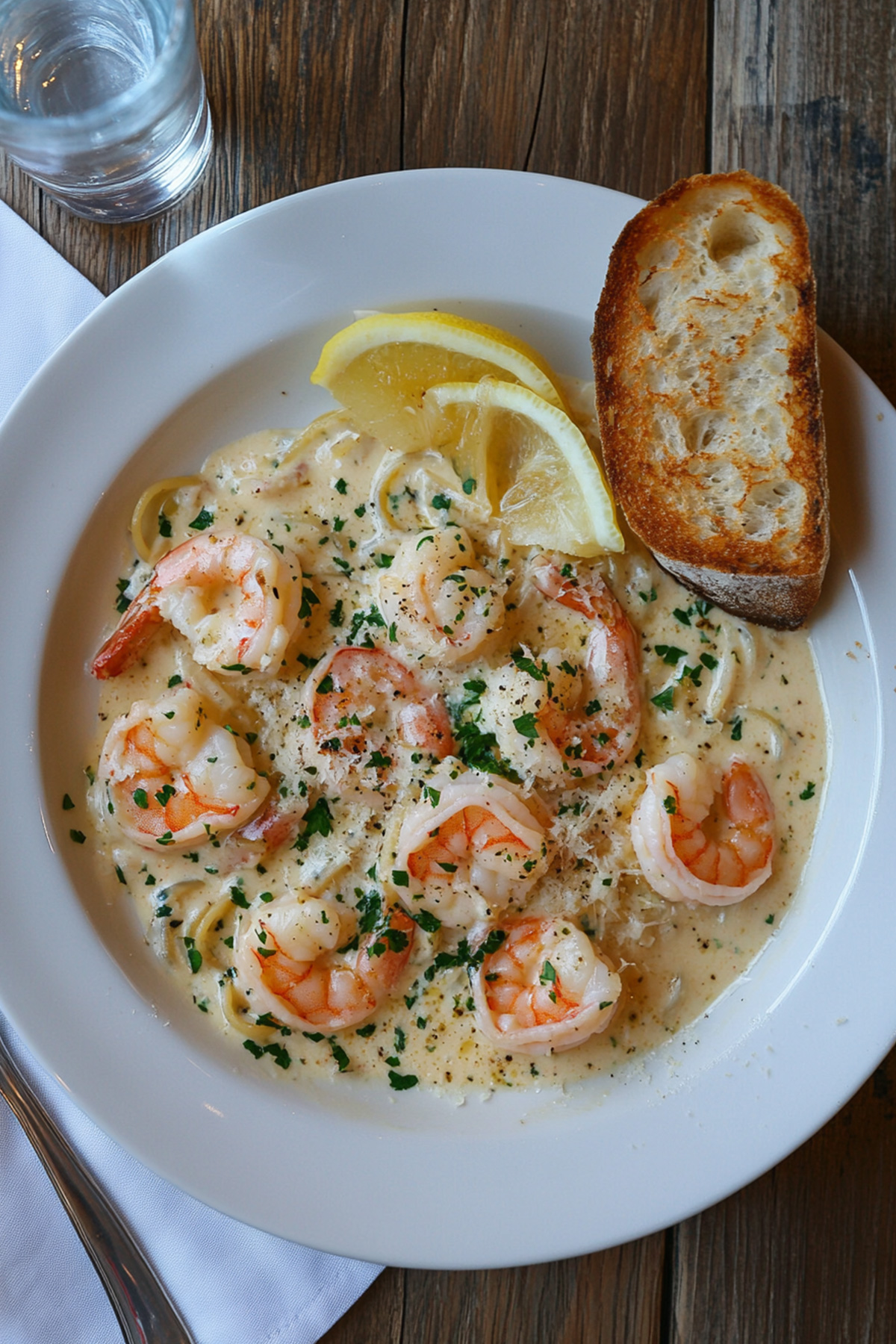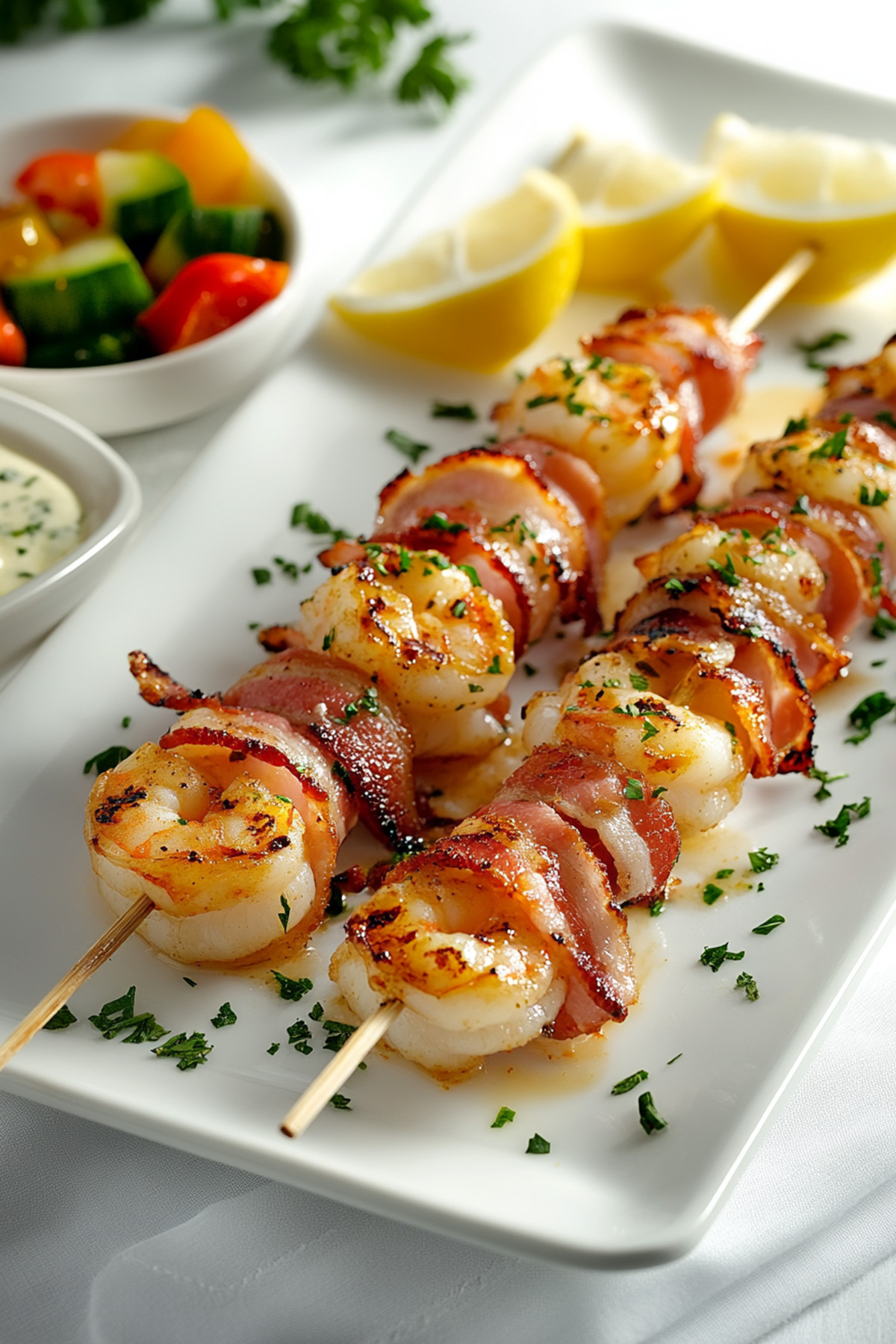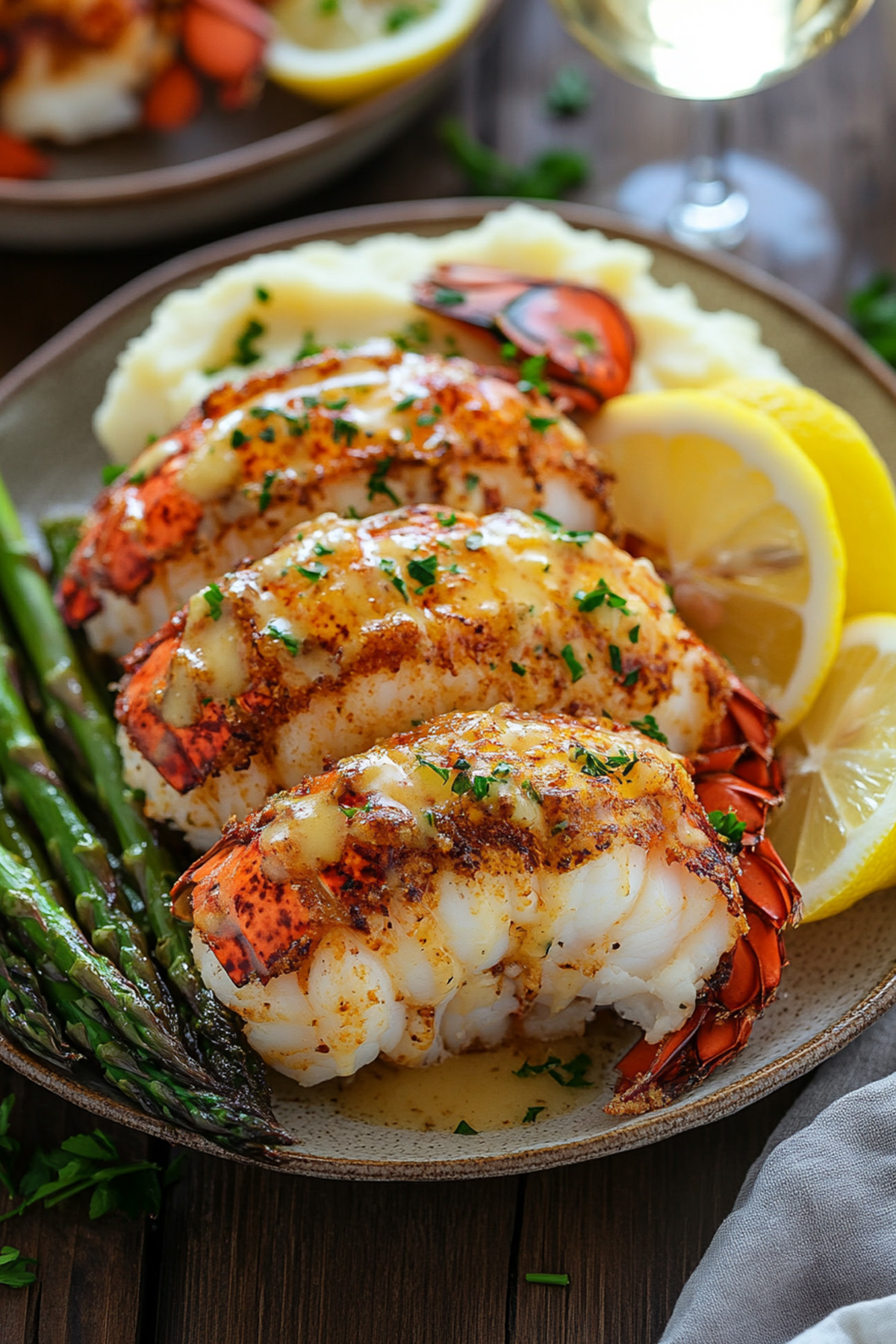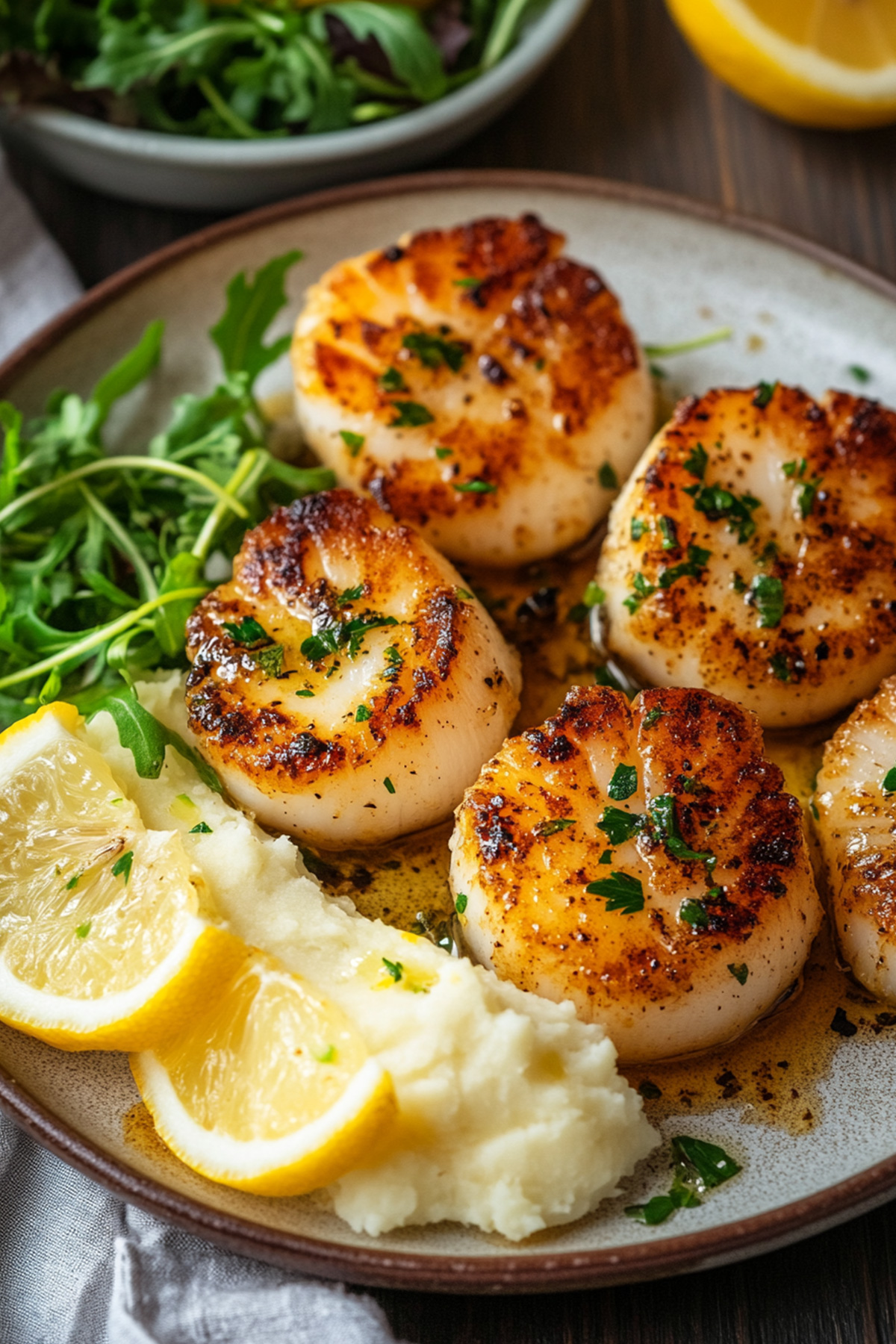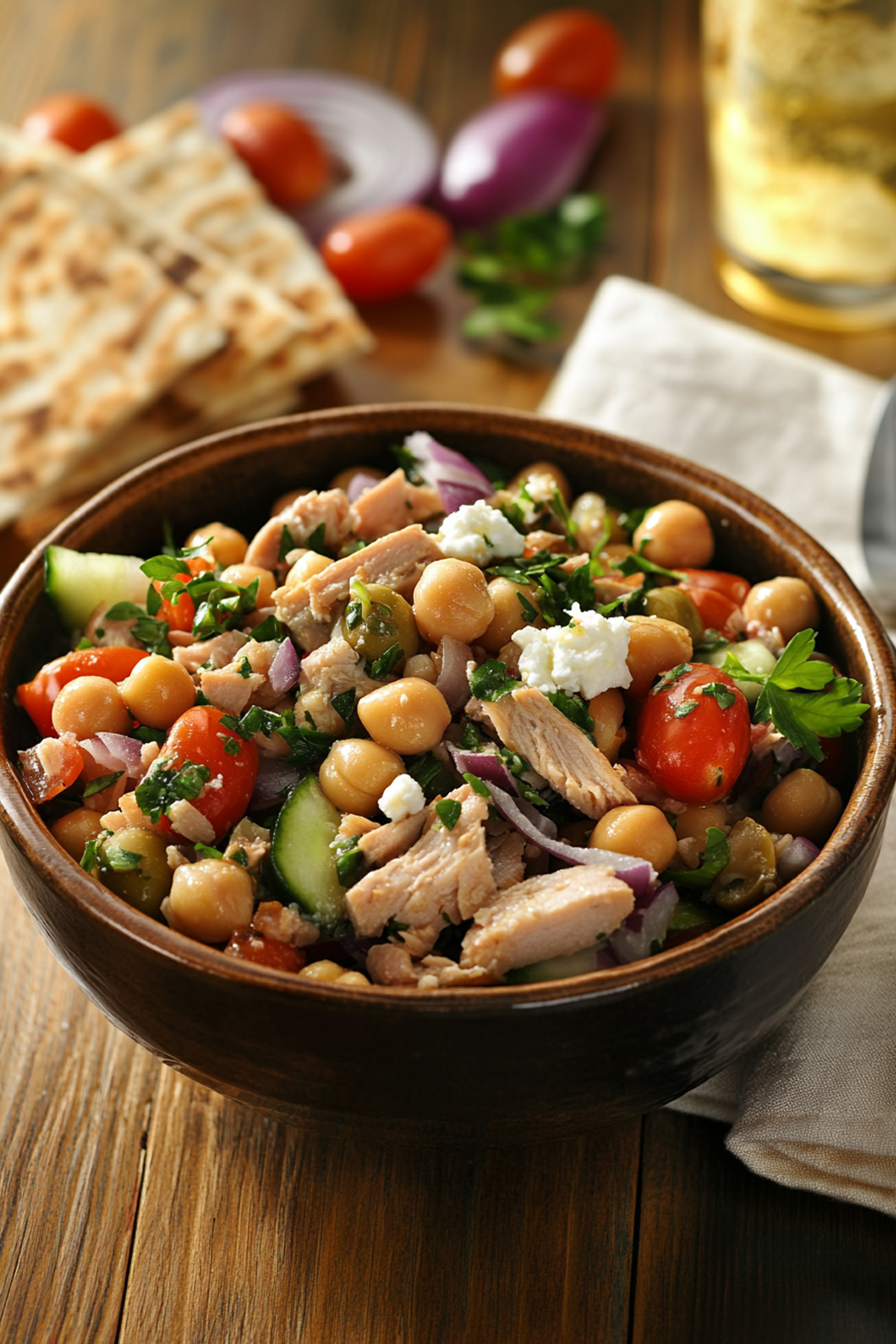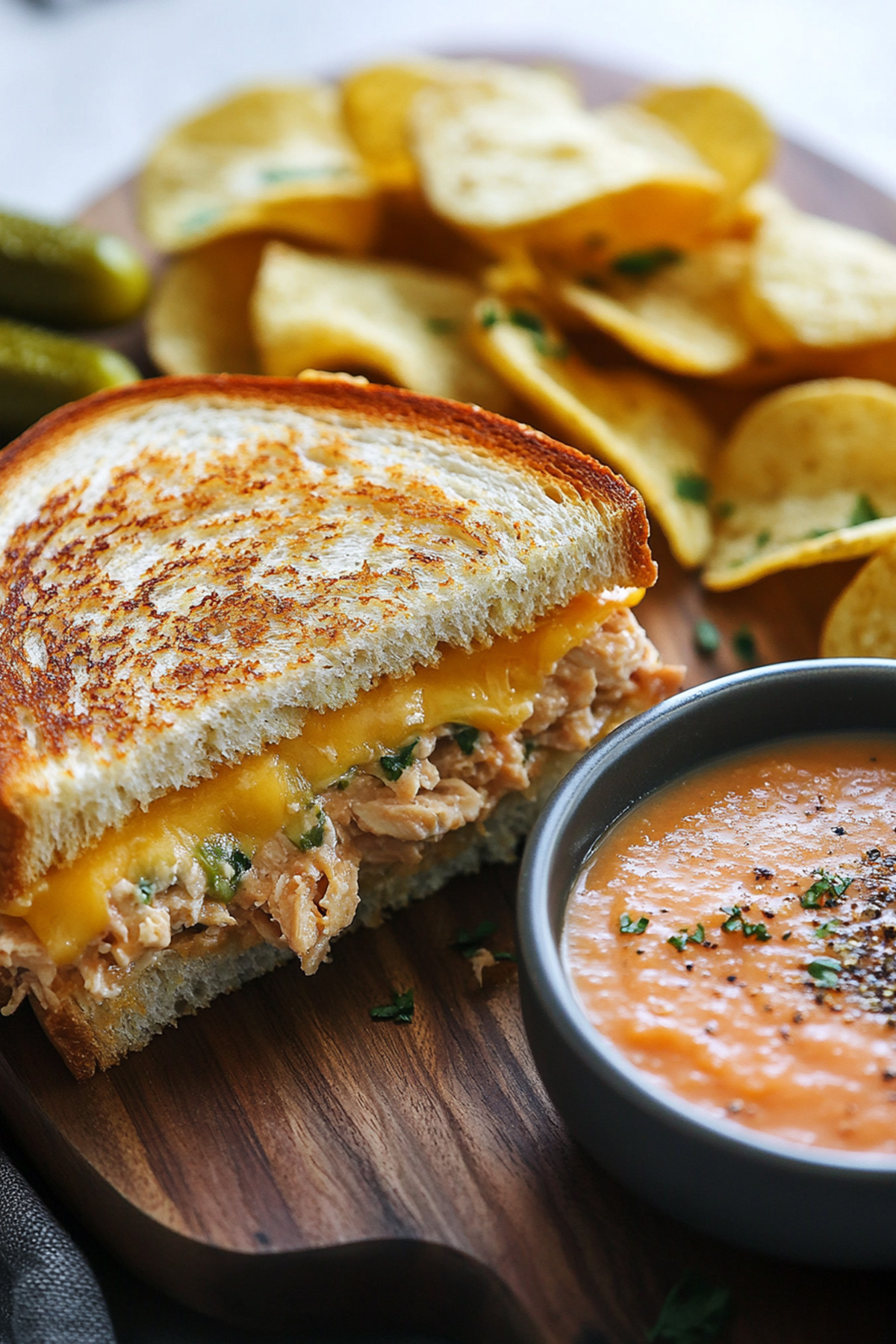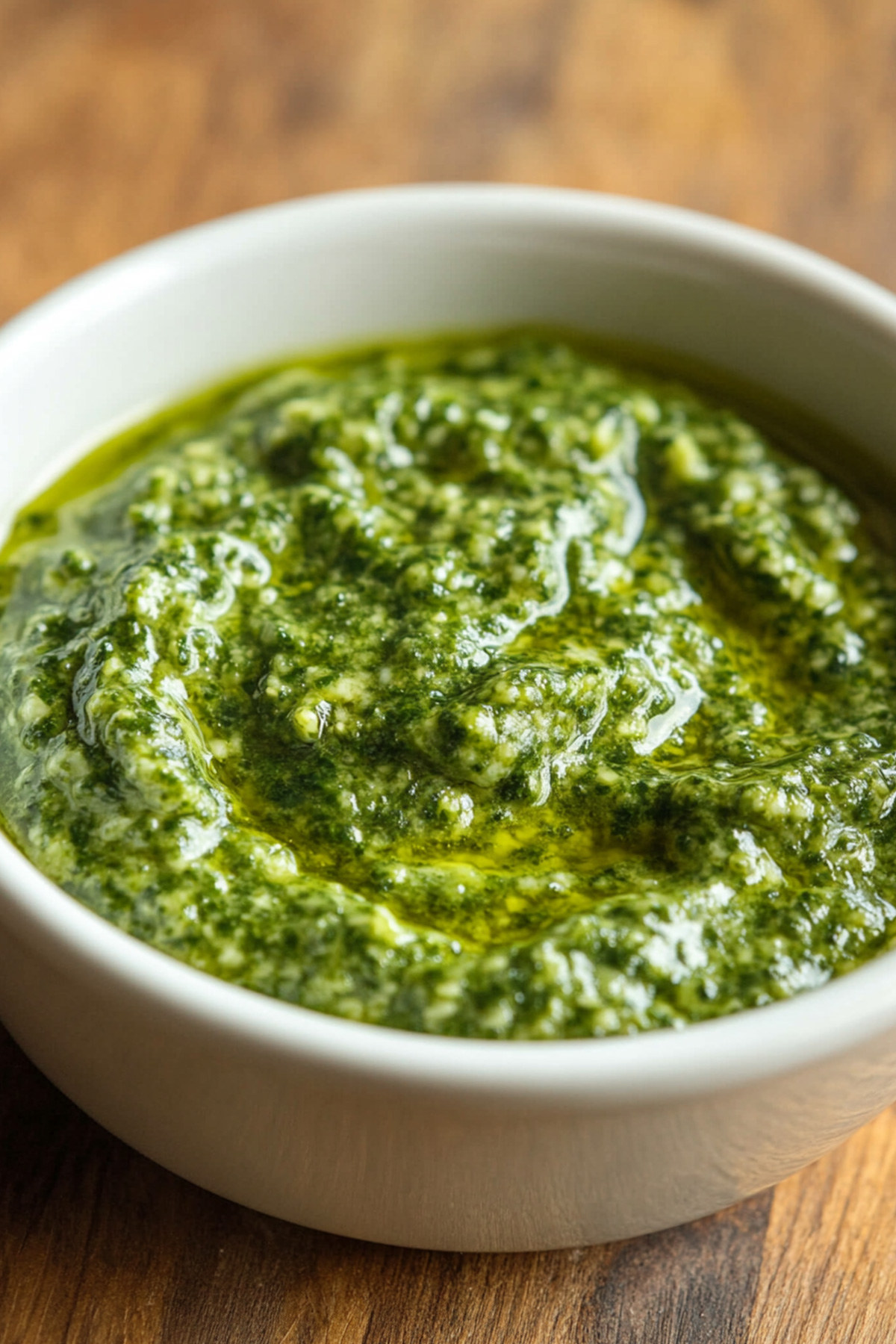Disclosure: As an Amazon Associate and participant in other affiliate programs, we earn from qualifying purchases. We only recommend products we believe will provide value to our readers.
Want to whip up an amazing seafood dinner that’ll impress everyone without spending hours in the kitchen? A wahoo fish recipe could be just what you’re looking for. The fish’s mild, sweet flavor and firm texture make it a favorite choice among home cooks who create restaurant-quality meals.
This baked wahoo recipe brings together basic ingredients that help you cook this prized fish perfectly. The sort of thing i love about this piece is that it works great whether you’re just starting with seafood or you’re already comfortable in the kitchen. You’ll find everything about selecting, preparing, and baking wahoo fish right here. We’ll show you how to create a memorable dish that your family and friends will talk about, with simple ingredients and clear steps to follow.
Table of Contents
What Makes Wahoo Fish Special
Wahoo fish stands out at the time you’re learning about seafood options. This remarkable fish, called “ono” in Hawaiian (meaning “good to eat”), brings something special to your kitchen as a prominent member of the mackerel family.
Unique flesh characteristics set wahoo apart from the rest. This fish’s white, mild-tasting meat resembles albacore more than its mackerel relatives. The meat becomes flakier and whiter than other open-ocean fish like swordfish after cooking, which makes it perfect for any cooking method.
Wahoo’s impressive stats make it the largest member of the mackerel family:
- Can grow up to 8 feet in length
- Reaches speeds over 48 miles per hour
- Features a distinctive long snout and sharp teeth
- Displays beautiful steel-blue coloring with striking cobalt vertical bars
The wahoo’s name comes with an interesting backstory. European explorers misspelled “Oahu” on their early maps according to Hawaiian lore, since the fish was abundant around that island.
In the kitchen, wahoo’s versatility shines through. The fish’s firm, lean texture and large, circular flake work well with different cooking techniques. Many people say grilled wahoo tastes like chicken or veal, which makes it a great starter fish for seafood newcomers. The pale-pink raw flesh turns beautifully white during cooking, and its mild, sweet flavor will please everyone at your dinner table.
The sort of thing i love about wahoo is knowing how to keep its quality with proper storage. The fish stays fresh remarkably well in both fresh and frozen forms, which gives you more flexibility to plan your meals.
Selecting the Perfect Wahoo Fish
Selecting the right wahoo fish is a vital part of your recipe’s success. Your choice at the fish market or local grocery store can make all the difference in your final dish.
At the time of selecting fresh wahoo, these quality indicators should be on your checklist:
- The raw meat should display a pinkish-orange hue
- Gills should be clean and bright red
- The fish’s eyes should appear bright and clear, not cloudy
- The flesh should be firm to the touch
Wahoo remains available year-round in many forms, including whole fish, filets, and steaks. Filets or steaks work best if you’re new to wahoo fish recipes since they’re easier to handle and cook evenly.
The frozen wahoo packages should be completely frozen solid without signs of freezer burn or ice crystals. The packaging must remain intact without tears or damages. This becomes especially important with wahoo’s lean flesh that needs proper protection to maintain its quality.
The sort of thing I love about wahoo’s flesh is its naturally lean and moist characteristics. These traits make it perfect to bake, but you should select pieces that appear moist rather than dried out. The flesh needs to have a clean, fresh smell – any strong fishy odor signals a problem.
Whole wahoo can be quite impressive in size, but don’t let that intimidate you. Most fishmongers will gladly cut it into more manageable portions. Your wahoo recipes will turn out best with pieces that have uniform thickness to ensure even cooking.
Read also: Crispy Baked Battered Fish Recipe
It’s worth mentioning that quality wahoo becomes flakier and whiter than other ocean fish during cooking, so the raw flesh might appear slightly different from other seafood varieties you’re familiar with.
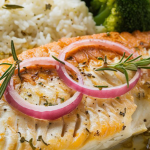
Baked Wahoo Fish Recipe
- Total Time: 35 minutes
Description
Want to create an amazing dinner with your fresh wahoo? This baked wahoo recipe highlights the fish’s natural flavors and offers a stress-free cooking experience.
Our lemon-baked wahoo combines citrus, herbs, and butter that creates a healthy and tasty dish. The fish bakes to a perfect flaky texture that works well for family dinners and special occasions.
Ingredients
- 400g wahoo filets
- ½ cup olive oil
- 2 tablespoons lemon juice
- 2 tablespoons lime juice
- 3 cloves minced garlic
- 1 teaspoon Italian seasoning
- 1 teaspoon fresh rosemary
- Sea salt and black pepper to taste
- ½ red onion, thinly sliced
- Butter for basting
Instructions
- Preheat your oven to 350°F (180°C)
- Pat dry your wahoo filets with paper towels
- Mix olive oil, citrus juices, and seasonings in a bowl
- Place filets in a greased baking dish
- Pour the marinade mixture over the fish
- Top with sliced onions and dots of butter
- Cover the dish with foil
- Bake for 15 minutes covered
- Remove foil and broil for 5 minutes until lightly browned
Notes
- The fish should flake easily with a fork – avoid overcooking
- Line your baking dish with foil to clean up easily
- Add salt gradually and adjust to your taste
- The fish reaches doneness at 145°F internal temperature
- Prep Time: 15 minutes
- Cook Time: 20 minutes
- Category: Seafood
- Method: Baking
Health Benefits of Wahoo Fish
Wahoo fish delivers more than just a delicious taste – it serves as a nutritional powerhouse that can boost your overall health. Your meal rotation becomes healthier as you add wahoo fish recipes that provide impressive health benefits.
This nutritional champion deserves closer attention. The lean seafood combines high-quality protein with a low calorie count, which appeals to health-conscious food lovers. Wahoo fish provides substantial nutritional value without compromising taste, whether you follow a specific diet or want to eat better.
These remarkable health benefits make wahoo fish worth adding to your diet:
- Rich Omega-3 Source: Essential fatty acids support heart and brain health
- Vitamin B Complex: Including B6, B12, and niacin for energy metabolism
- Mineral Wealth: Packed with selenium, iron, and potassium
- Lean Protein: Excellent for muscle maintenance and repair
- Low-Calorie Option: Perfect for weight management goals
Wahoo’s impressive protein-to-calorie ratio stands out remarkably. A 100-gram serving provides nearly 20 grams of premium protein at just 167 calories. Your baked wahoo recipes become a quick way to meet daily protein needs while enjoying a delicious meal.
Here’s great news for people monitoring their carbohydrate intake – wahoo fish contains zero carbs and sugars. This makes it perfect for low-carb and keto-friendly diets. The combination of high protein and healthy fats helps satisfy hunger longer, which supports healthy eating goals.
References:
– EatThisMuch
– HawaiiFood
Note that each wahoo fish recipe you prepare represents an investment in your health. This fish’s natural, lean properties make it an excellent choice that combines healthy living with delicious flavor.
Nutritional Profile of Wahoo Fish
Let’s take a closer look at wahoo fish’s nutritional details. These numbers will help you plan your meals better.
A standard serving (113g) of wahoo packs quite a nutritional punch:
| Nutrient | Amount | % Daily Value |
|---|---|---|
| Calories | 170 | – |
| Protein | 24g | 43% |
| Total Fat | 7g | 9% |
| Saturated Fat | 2g | 8% |
| Cholesterol | 95mg | 32% |
| Sodium | 470mg | 20% |
The macro breakdown really shows what makes wahoo special:
- Protein: 59% of total calories
- Fat: 39% of total calories
- Carbohydrates: 2% of total calories
Wahoo’s lean profile makes it perfect for your protein-focused meals. Each serving gives you 24 grams of high-quality protein that helps maintain and build muscle. The fat content stays moderate at 7 grams per serving, and only 2 grams come from saturated fats.
The sort of thing I love about wahoo is its amazing protein-to-calorie ratio. You get a hefty dose of protein with just 170 calories, which makes it a great addition to your healthy recipe collection. The sodium sits at 470mg – about 20% of your daily needs. This leaves plenty of room to play with different seasonings in your recipes.
Wahoo belongs to the leaner fish family, like mahi-mahi and tilapia. This makes it a great choice especially when you have to watch your fat intake but still want tasty seafood dishes.
Essential Tips for Baking Wahoo Fish
You’ll need to become skilled at a few basic techniques to make your baked wahoo fish recipe work. This piece will help you bake perfect wahoo.
Start with proper preparation. Paper towels will help you pat your wahoo filets dry and remove excess moisture. This step will give a better brown color and makes seasonings stick better to the fish.
Temperature control is a vital part of perfect baking. Your oven should be at 350°F (180°C) to get the best results. The fish will be ready once it flakes easily with a fork – about 15 minutes should do it. Add 2-3 minutes if needed, but watch it closely to prevent overcooking.
Here are some game-changing tips for your next wahoo fish recipe:
- Line your baking dish with aluminum foil to clean up faster
- Don’t use too much seasoning – start with a pinch and adjust
- Cover the fish with foil to trap steam and speed up cooking
- Butter and lemon will improve wahoo’s natural flavors
Proper handling makes storing wahoo easier. Remove all bloodline and pat it dry before vacuum sealing if you plan to freeze it. The fish can stay frozen for months, but you’ll get the best flavor and texture within one to two months.
Pro tip: Broiling gives wahoo amazing flavor. Put it skin-side down on a foil-lined baking sheet, add your favorite spices, and broil for about 15 minutes. The fish will lift right off the skin, which stays on the foil, making serving simple.
Note that wahoo is lean and can dry out fast if you cook it too long. Keep watching your fish in those final minutes of baking and you’ll end up with moist, flaky perfection.
Read also: Baked Fish and Rice Recipe
Flavor Pairings for Wahoo Fish
Finding the perfect flavor combinations can turn your wahoo fish from a simple meal into a culinary masterpiece. Wahoo’s mild, sweet nature makes it adaptable to various seasonings and accompaniments.
The classic blackening seasoning blend brings out wahoo’s natural flavors. Your spice mix should include:
- Smoky paprika to add depth
- Freshly ground black pepper to bring heat
- Cumin to provide earthiness
- Dried thyme or oregano that adds herbal notes
- Garlic powder that creates savory depth
A coconut-lime sauce adds a tropical twist to your wahoo fish recipe. Coconut milk’s creamy sweetness and zesty lime create a refreshing combination that enhances wahoo’s natural sweetness. Fresh cilantro and a pinch of red chili flakes will lift these flavors even more.
A vibrant mixture of chopped olives, capers, and sun-dried tomatoes works great for Mediterranean-style preparations. This briny relish infuses rich flavors into the fish while it bakes and creates a dish that balances simplicity with sophistication.
Wahoo tastes best with the right side dishes. Lemony basmati rice, roasted cauliflower with tahini sauce, or a fresh green salad with cilantro vinaigrette complement the fish perfectly. Greek-style potatoes seasoned with oregano and garlic make an excellent choice for a heartier meal.
Pro tip: A generous squeeze of fresh lemon juice finishes your wahoo dish beautifully. This simple addition cuts through any richness and brightens your plate’s flavors.
Different Ways to Cook Wahoo Fish
Expert chefs know that wahoo fish adapts to many cooking styles. Here are some of the tastiest ways you can prepare this amazing catch. Each method brings out different flavors and textures in your wahoo recipe.
Grilling Perfection Your grill can transform wahoo into something special. Set the temperature to 400°F to get that perfect sear. A light coating of olive oil and some salt and pepper on the filets is all you need. Grill each side for 4-5 minutes and you’ll get a nicely charred exterior with a tender, flaky center.
Pan-Roasting Magic This method gives you restaurant-quality wahoo right at home. Here’s a simple approach:
- Heat olive oil in an oven-safe skillet until it smokes
- Add your seasoned wahoo
- Brown until the filet becomes opaque
- Transfer to a 400°F oven
- Cook for 10 more minutes
Blackening Brilliance You can create a bold, spicy dish with this classic technique. Just coat the fish with blackening seasoning and sear it in a hot skillet for about 3 minutes per side. The kitchen might get smoky, but you’ll love the results!
These tips will help you nail any cooking method:
- A fish spatula makes flipping easier
- Let the fish develop a proper sear without moving it
- Look for the fish to barely flake when done
- Give it 5-8 minutes to rest after cooking
Pan-Searing Simplicity Need a quick weeknight meal? Heat some oil in a skillet over medium-high heat. Cook the fish for about 3 minutes per half-inch thickness, then flip once. This method packs great flavor when time is tight.
Note that wahoo’s lean meat can dry out quickly. Watch those cooking times carefully. The fish should be cooked just until done – regardless of your chosen method.
Read also: Baked Black Cod Fish Recipe
Storing and Preserving Baked Wahoo
Your wahoo’s delicious taste can last for days with the right storage methods. The right technique makes a huge difference whether you’re planning meals ahead or saving what’s left from dinner.
Short-term storage is simple – put your cooked wahoo in an airtight container and keep it in the fridge up to 4 days. A quick foil wrap works just as well, but take it off before microwaving.
The quality of frozen wahoo depends on good preparation. The steps are straightforward:
- Use paper towels to pat the fish dry
- Clean off the bloodline and moisture
- Wrap it tight in plastic or vacuum seal
- Add a label with date and fish type
- Place in freezer-safe containers
A well-frozen wahoo stays tasty for 3-4 months. The best results come from vacuum sealing – it stops freezer burn and keeps the fish’s natural moisture.
Thawing is a vital part of the process. Let cool water run over the sealed package for 5-10 minutes. This keeps bacteria away and maintains the fish’s texture. Room temperature thawing can ruin both safety and quality.
Pro tip: Cut your wahoo into meal-sized portions before freezing. This way you’ll only need to thaw what you plan to eat, and the rest stays perfectly frozen.
Note that quality checks are important before eating stored wahoo. Watch for any odd changes in color, texture, or smell. If something seems off, it’s safer to cook a fresh batch of your favorite wahoo dish instead.
Frequently Asked Questions About Cooking Wahoo
Wondering how to cook your wahoo fish perfectly? Let’s address the common questions that pop up about preparing this delicious seafood.
What’s the ideal internal temperature for wahoo?
Your wahoo needs to reach 145°F to be safe to eat. But many chefs like to cook it to medium-rare (around 130-135°F). This helps keep the fish moist and tender.
How can I prevent my wahoo from drying out?
Quick cooking at high heat makes all the difference. Here are some tips to keep your fish juicy:
– Cook hot and fast instead of low and slow
– Look for the first signs of flaking
– Take it off the heat with the center slightly translucent
– Give it 5 minutes to rest after cooking
What’s the best way to season wahoo?
Wahoo tastes great with many seasonings. These combinations work really well:
– Lemon, butter, and fresh herbs
– Cajun seasoning with a touch of garlic
– Simple salt and pepper with olive oil
Can I cook wahoo from frozen?
Thawed wahoo gives you the best results. If you need to cook it frozen, add 50% more cooking time and use a meat thermometer to check doneness.
How do I know when wahoo is done?
The fish should be barely opaque throughout and flake easily with a fork while staying moist. Your fish has cooked too long if you see dry, crumbly flakes.
What’s the quickest way to prepare wahoo?
A hot pan works best. Heat your skillet until it’s almost smoking, add some oil, and cook each side for 3-4 minutes. This method works great for busy weeknight meals.
Sustainability and Sourcing Wahoo Fish
Shopping for wahoo is easier than you might think, especially if you care about green practices. U.S. wild-caught wahoo stands as an environmentally responsible choice because of careful management and responsible harvesting methods.
Sustainable wahoo comes from two main sources: Pacific and Atlantic waters. Hawaiian wahoo (also known as ‘ono’) deserves extra attention if you care about sourcing. The Honolulu fish auction offers high-quality, sustainable wahoo that meets strict environmental standards.
U.S. wahoo fishing practices protect the environment through:
- Minimal effect on ocean habitats
- Selective fishing methods that reduce bycatch
- Careful monitoring of fishing rates
- Strong regulations to protect marine ecosystems
- Time-area closures to prevent overfishing
You should look for wahoo sourced from Hawaii or U.S. waters in your recipes. The Monterey Bay Aquarium’s Seafood Watch program considers Hawaiian wahoo a “Good Alternative.” This rating shows the fisheries’ commitment to sustainable management and responsible harvesting.
Buying Tips for Sustainable Wahoo Reputable seafood markets and grocery stores that focus on responsible sourcing offer the best sustainable wahoo. Most retailers who track sustainable seafood will gladly tell you where their wahoo comes from if you ask. U.S.-caught wahoo, especially from Hawaiian waters, follows some of the highest sustainability standards – just check the labels.
Note that sustainable wahoo benefits more than the environment. The careful management that protects wahoo populations ensures you get the freshest, best-quality fish for your cooking adventures.
Conclusion
Wahoo fish appeals to both novice cooks and seasoned chefs. This versatile fish works beautifully in dishes that range from simple baked preparations to sophisticated grilled creations. Each preparation method highlights wahoo’s distinctive sweet flavor and firm texture.
The right selection techniques and cooking methods make wahoo surprisingly easy to prepare. Note that quick, high-heat cooking methods preserve its natural moisture and delicate taste best. Wahoo’s impressive nutritional profile and environmentally responsible fishing practices make it an excellent addition to your regular meal rotation.
The simple baked recipe here gives you a starting point. You can experiment with different seasonings and cooking methods as your confidence grows. Hawaiian locals named this fish ‘ono’ – truly good to eat – and you’ll soon find out why.

